I love old art supplies. I love new supplies too, but sometimes old is more interesting.
When I was a kid, my dad gave me a set of ruling pens and technical pens that belonged to my grandfather. I come from family of architects and engineers on my dad’s side and some of the tools of their trade were these neat old pens. My grandfather helped to engineer some of the roads that are still used between Arizona and Utah and he used these pens.
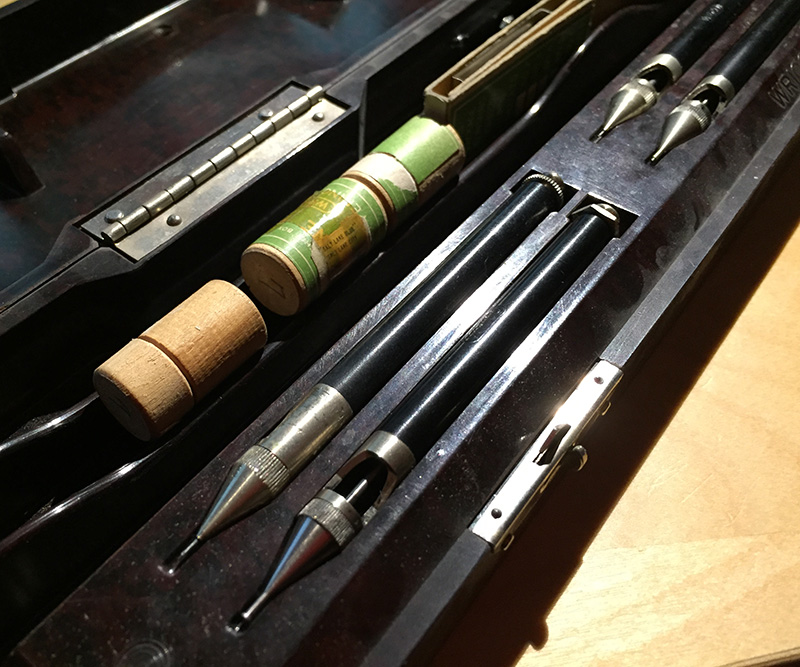 |
| WRICO lettering technical pens |
You can buy some really nice ruling pens today, but they take a little time to break in. The paper will wear off the little burrs and make them butter smooth, but if you can get an older set that has been used already, I recommend it. Search on ebay and you can find some great old sets.
Ruling pens work by capillary action, storing ink between two metal tines and releasing it as the paper breaks the surface tension of the ink. You can adjust the screw to increase/decrease the distance between the tines and change the width of the line it draws. They are great for technical drawings and cartography and are also used in calligraphy. If you have wondered how some old drawings and maps had thick accurate straight lines, they probably used a ruling pen. Of course they are still used today (James Gurney used one when making some of the drawings in his Dinotopia book), but computers have displaced much of their use.
There is an analog quality to their lines that I find very warm, but still precise. There are many kinds of ruling pens too. Here are some of the pens in the set I inherited from my grandfather.
Some quick lines. 1-3 are done with a normal ruling pen. 4-5 are the technical lettering pens and 6 was done with the Swedish ruling pen. You can easily adjust the line width. The circles were done with the ruling pen compass.
While you are waiting for Star Wars: The Force Awakens, you can watch this very exciting video showing how some of the pens function:
If you are interested in doing some ink work and haven’t played around with traditional tools, be sure to pick up some ruling pens and technical pens as well as a crow quill, a good rich ink (I like Speedball Super Black India Ink) and get your fingers black!
Bonus: the other day while browsing around the net I stumbled across this site which catalogs old art materials: The Museum of Forgotten Art Supplies. Many of the tools are still in use, but there are some fun items there. Definitely check out the ‘Novelties’ section.


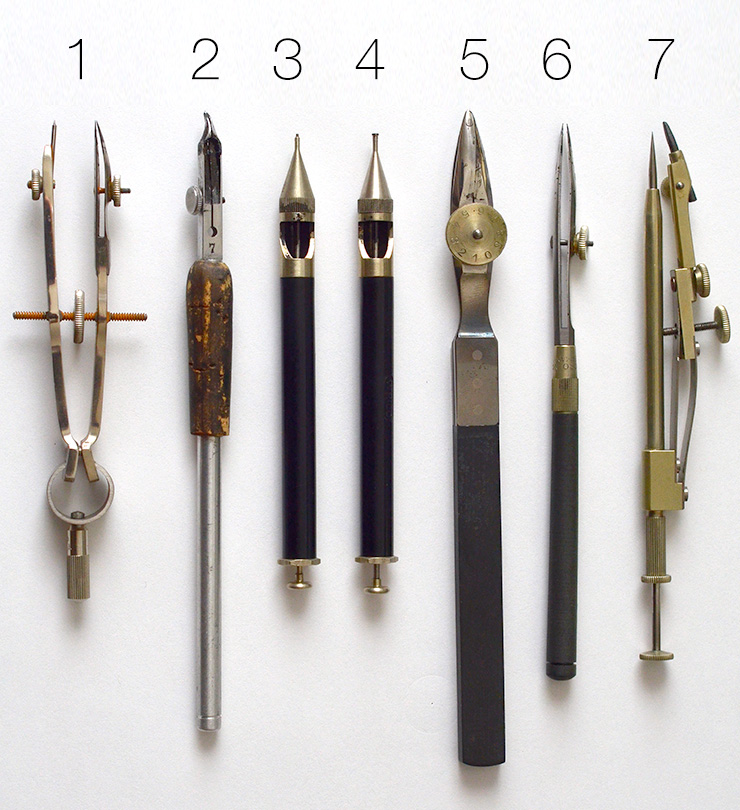
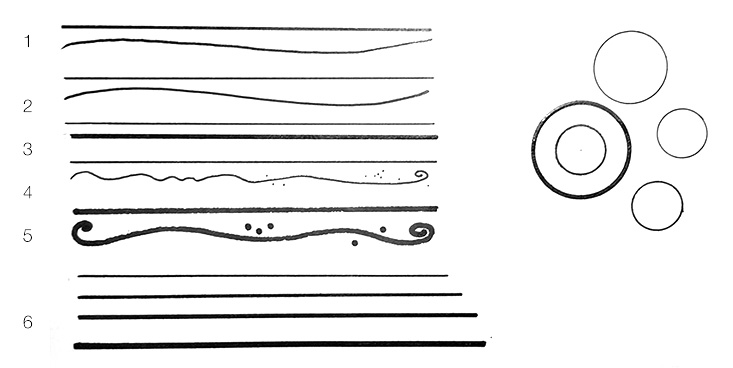
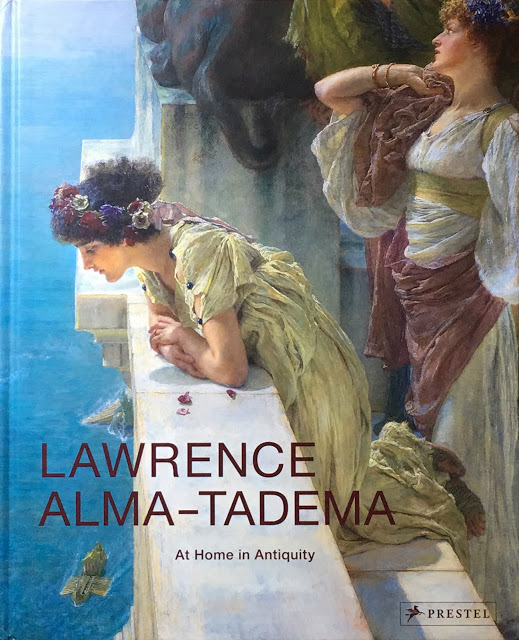

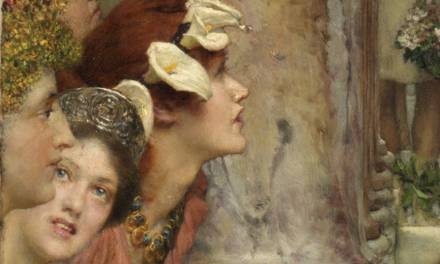


I have all the tools except 3 and 4 above that were my grandfathers somewhere, he used to be a toolmaker. I never did know what these were really for. Wonderful to see them here, I must dig them out.
Nice! They should be well broken in then. Try doing some drawing as well as some lettering with them.
I'm with you on the old art supplies. Even the cases they came in gave them a sort of reverence, padded felt-lined wooded cases. I have two my Dad gave me. A compass with interchangeable lead and ruling tips by Henschel Co.. Germany and an 18 piece set, Precision (Prazision) Original Lotter, four compass's, various tips and handles, and an extension arm for circles up to a whopping 16″ !
My Dad gave me a lesson when I was a young teen and showed me how to also use them with gouache and acrylic too. I have also used them with oils.
They could be used with straight edges, sweeps, a bridge and even ellipse guides (the full ellipse ones, not the partial ones). You would have to tape pennies to the bottom to avoid the capillary bleed.
They were not as easy to use as they looked and required practice and learning the skill like any other tool. You have to learn how to make just the right consistency of paint, too thin or loading too much and it would 'blob' out, too thick it would not flow, not loading enough and you would run out before the line was drawn.
As part of that lesson Dad showed me how to prep new replacement tips by gently rubbing them with emory cloth (like fine sandpaper but on cloth) or fine wet/dry sand paper so they would perform, as you say, “butter smooth”. He also taught me how to care for and re-sharpen old tools. That was part of the old craftsman mentality he learned and passed on to me, long before the 'use, toss and replace mentality. Tools were meant to last for years.
Fun and nostalgic, thanks for the post.
Nice post!! Thanks for sharing.
Dermology anti aging Serum
dermology anti aging cream
Dermology
dermology hair removal cream
dermology hair removal cream
dermology hair removal cream
dermology cellulite cream
Xtreme No
Xtremeno
hgh energizer
I know this is an older post, but as as us computer drafters become reacquainted with the manual methods that we started out on…this is a very informing article, thanks
I enjoy the article. As a computer drafter that desires to draw a little more “off-grid”…these are the tools that I started out on in highschool, and are gradually returning to…thanks
Thank you for the post. I’ve been looking for a ruling pen like the #6. I’m a picture framing and use them for French lines. Does anyone know where I might buy one? Thanks.
.
I didn’t know that Swedish ruling pens were better for straight lines. I have a really hard time making straight lines on graph paper even. I’ll have to get some pens with flared tips for better accuracy.